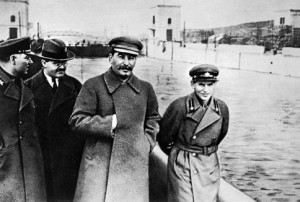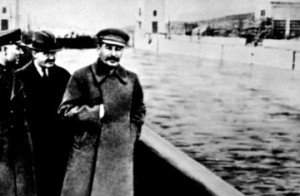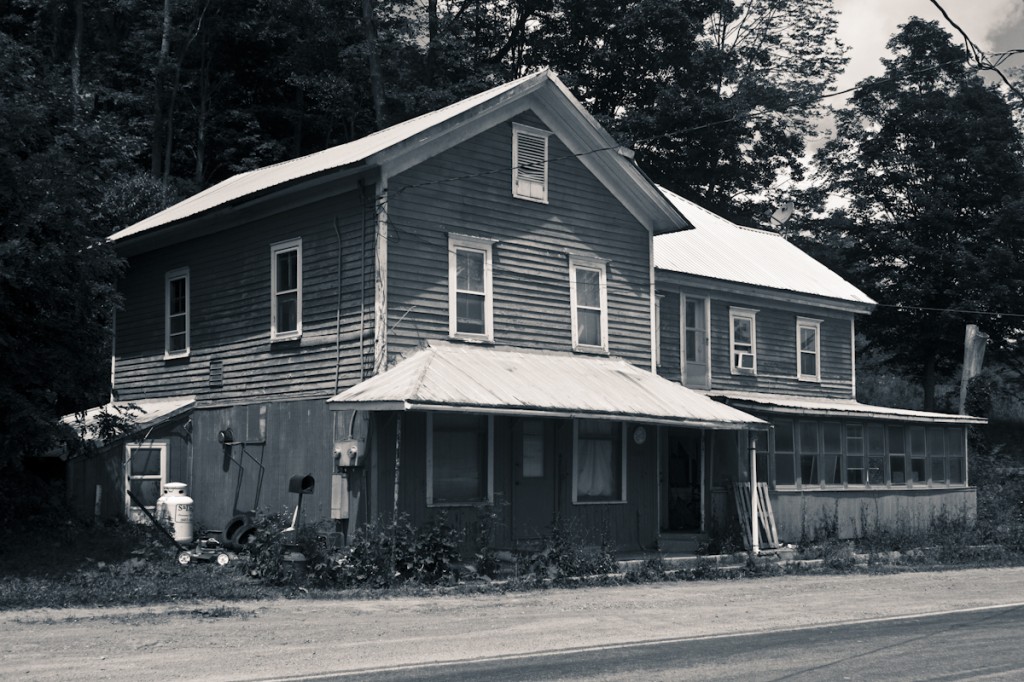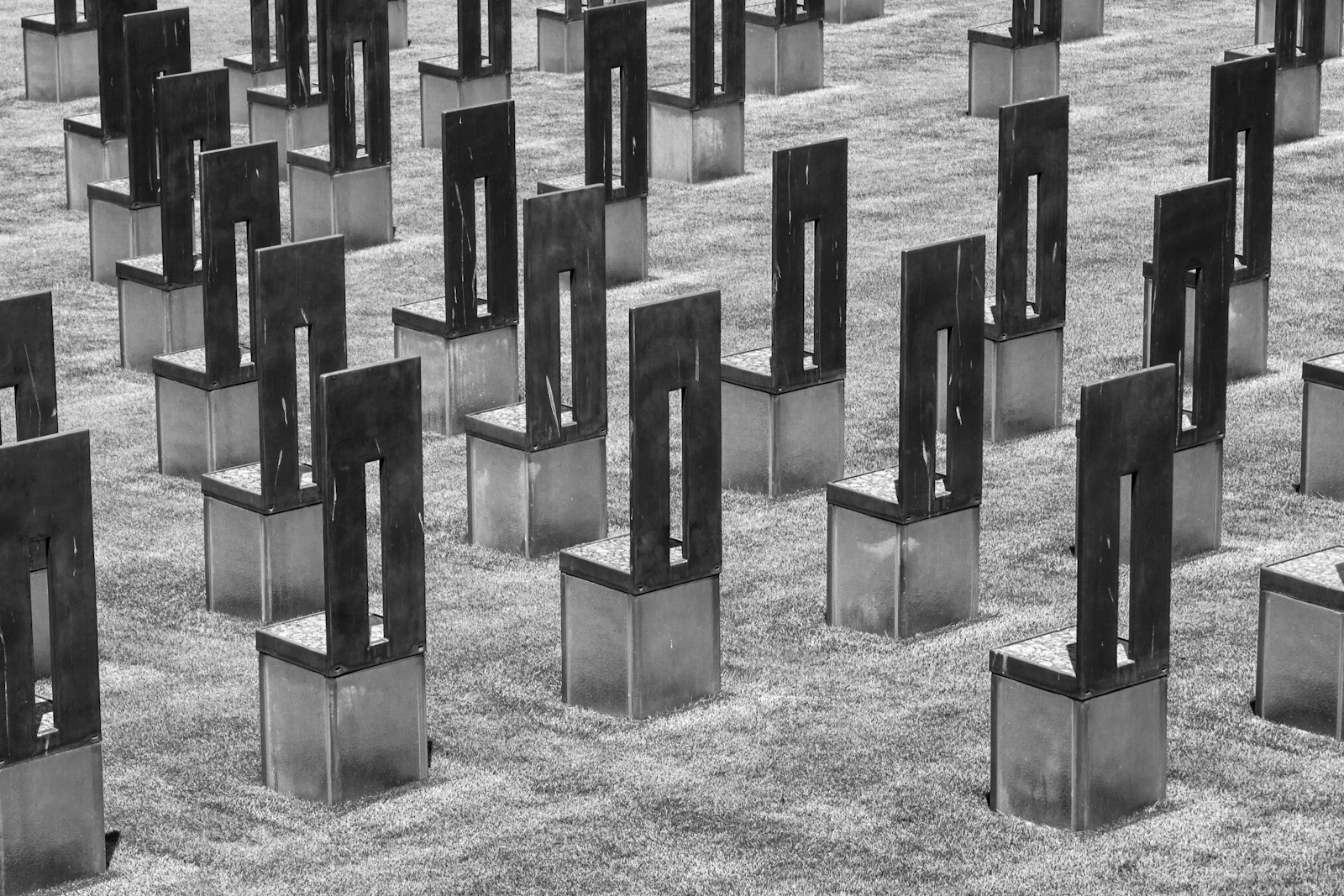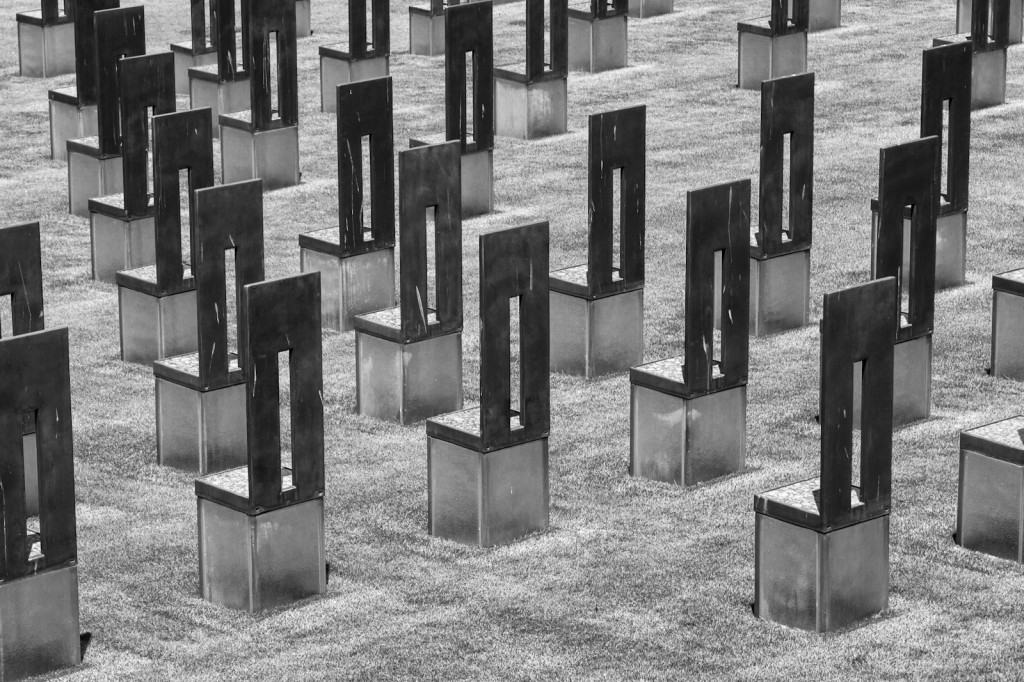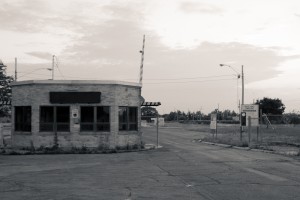So as you may or may not have noticed, the site here has been evolving a little bit. If you visited the main page recently, you would have seen the category block at the bottom of the page. At the end of each post now are social network sharing icons so you can spread the word about my (lack of) wisdom when it comes to art. I’m also proud to say that some galleries are beginning to migrate here to this site. I’ve wanted to have a unified stop for my blog and my photos and I finally had the time to sit down and figure out how it works. The menu at the top has links to 3 galleries thus far – Labels, Semiotics, and Sports. Those pages will evolve over time as I add new content and I insert artist statements into those pages that need it. Enjoy the new developments, please leave feedback and share, and most of all, thank you for reading!
Month: July 2012
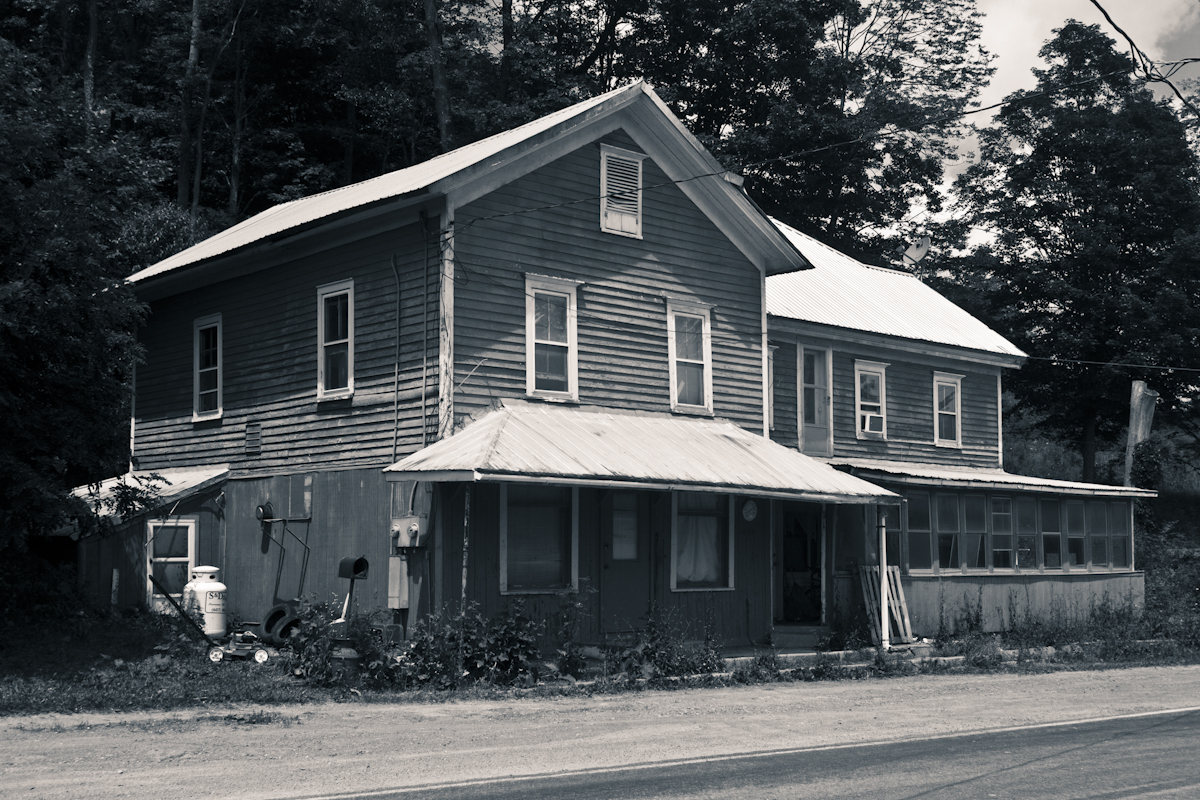
Revisiting My Memory
There seems to be so much going on in my mind right now that I can’t quite put a coherent concept together. Little things keep bubbling up and taking charge. I’m trying to get the bubbles to coalesce, and I have with a little success, but I have a ways to go here. The structure of the upcoming semester is going to be nice to help channel some of these thoughts. I must admit, however, that I find this intellectual chaos in a way quite exhilarating.
One thing that keeps coming around is the concept of memory. If you watched the video from my last post (you did watch the video, did you not?), then you saw how some artists incorporate memory into their work. The events of last week regarding the NCAA’s sanctions against Penn State University (PSU) served to jolt my thinking about memory.
This jolt came when I read that PSU’s football program will be required to vacate all their victories going back to 1998. This has the effect of removing their former and now deceased head coach, Joe Paterno, from his position the record holder for career victories as a head coach for an NCAA football program. This action left me puzzled. I mean, I can understand the desire to strip Paterno of his achievement, but what purpose does rewriting history serve in regards to responding to the crimes committed by Jerry Sandusky (and quite possibly others at PSU)? I actually posed that question to several different outlets and got only 1 response, that being it was to send a message to everyone regarding coverups, etc. Given that the response I got was put forth by a journalist, I found it rather ironic, especially when one considers the larger narrative of memory’s role in the human experience.
Josef Stalin was famous for rewriting history as part of his hold on power in the former USSR. After a purge, Stalin would have those victims virtually removed from the official history. One famous tactic used in Stalin’s USSR was the doctoring of photographs. Those purged individuals would have their official photographs destroyed. In any candid shots, especially where they appeared with Stalin, they would be what we refer to today as “photoshopped” out of the official image, thereby erasing the event from the official history of the USSR.
One notable example is that of Nikolai Yezhov. Yezhov was the head of the NKVD (quite simply the public and secret police force) and was responsible for personally carrying out many of the executions ordered by Stalin. Following a typical pattern, Yezhov was denounced and executed on the orders of Stalin. His history was officially censored from official USSR records. The photo on the left is an original photo of Stalin and Yezhov, while on the right we see the doctored photo following Yezhov’s purge from the government (both images are in the Russian Public Domain).
Of course, this is but one example of many that can be found in the history of the USSR. This, however, is a little different from what is usually labelled as “historical revisionism.” What many call historical revisionism today is usually nothing more than placing a different emphasis on the same event in order to advance an agenda, usually politcal. An example of this is commonly found in regards to President George Washington. While many aspects of the Washington’s history are played up, such as his battlefield leadership and how he was less than desirous of political power, the fact that he was an aristocrat and a slave owner goes virtually unmentioned in some history texts. Many agenda-driven groups strive to downplay Washington’s military and political achievements and focus on his wealth and status as a slave owner in pre- and post-Revolution America.
On a more personal level, we often run into events (and often it will be just one single event) that cause us to re-evaluate the validity of our memories and will change our point-of-view on a given person or subject. I have even had this happen to me personally. Often times the one singular event will negate any perceived validity that previous memories held. This, in essence, rewrites our own personal history.
As an artist, when I’m faced with conflicting, yet valid, memories of something, I strive to find what is the more important within me. While many of the residents of my hometown see it as a nice, quiet place to live with good values, I don’t quite see it as such. Yes – the town is quiet and the landscape is something you might find in a decorative photograph. For me, however, there also exist memories of negative attitudes toward outsiders and even those within that were just plain different. While the latter takes precedence in my mind, I acknowledge both sets of memories as equally valid. For many, however, a single strong negative or a strong positive memory will often blind them to the opposite valid memories.
Finally, to the point – whether you agree or disagree with the rewriting of PSU football history by the NCAA, it is important to keep in mind the larger narrative of how memory manipulation has been used through history and the importance of truth in history. The memories we have control our future actions, and it is important that we go forward (both as individuals and a species) with all the valid memories contained within our conscience.
After reading these words, I am starting to see how this ties in with some aspects of semiotics. Isn’t it strange how sometimes the lines begin to blur when you scratch the surface? With this, I will leave you with a relic of my childhood, one that contains both negative and positive memories, all of which are valid. You can decide which one takes precedence when viewing this photo.
PS – This marks my 100th blog post. Pardon my narcissism, but I must say that this blog has come a long way from its original intent, which by no means is a bad thing.
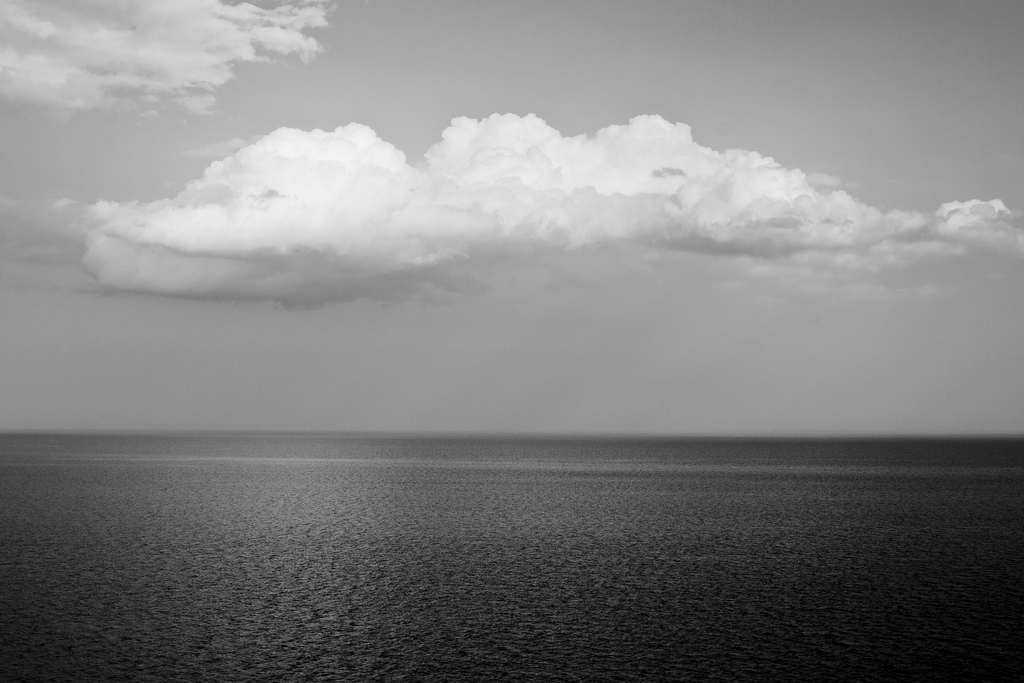
Memory
Watch Memory on PBS. See more from ART:21.
This is the first time I’ve ever sat through a full episode of Art 21, although I did watch the segment on Sugimoto a few years ago in my very first photography course. This episode features the art of Susan Rothenberg, Mike Kelley, Hiroshi Sugimoto, and Josiah McElheny. I must say was rather intrigued by the artists’ use of memory in the creation of their art. Rothenberg, Kelley, and Sugimoto concentrate more on responses to their own individual memories, while McElheny seems to tap into a shared memory of the human experience. Pay particular attention to his reflective glass exhibit under the 2-way mirrors.
I enjoyed this very much, especially finding Sugimoto again as I could not remember his name after watching the video those years ago. The influence was so great that I even tried to make my own seascapes, as seen below. Feel free to discuss.
- Indian Ocean by Hiroshi Sugimoto
- Lake Superior by Rick Custer (2009)
What do you say to the dead?
Will you forgive me for living?
– Ronnie James Dio (1992)
There is a darkness here
You cannot imagine you cannot fathom
It speaks to me in tongues
Can you hear it?
I’ve built my tower of song
From words as bitter splintered bone
Gnarled and wretched, spiteful and harsh
I’ve cursed the vermin, the vermin of the earth
I’ve wished pestilence upon the foul and weak
Not just men, but women and children too
With a rusted blade across their throats
– AA Nemetheanga (2005)
The memorial meant to heal sometimes has the opposite effect. It causes feelings of sadness and darkness that are somewhat palpable. On seeing this memorial I felt a darkness and an ill-ease of a wound that isn’t going to heal. The chairs, meant to represent the victims of this vicious attack, are set to face a reflecting pool that soothes the wounds. Soothing, however, is not healing. The water is only an analgesic as you traverse the great distance between 9:01 and 9:03. This ensures that the wound remains, forever if it is deemed necessary.
Part of the healing is the ability to commune with those victims, to feel the pain they felt as they were taken from us in a singular act of evil. However, this is not to be. The chairs facing the water are separated from the living. We are not allowed to go up to the chairs and view what the victims are viewing, to feel their pain and take it in as our own. The living can only face the chairs. The chairs face the living as an audience waiting for those living souls to explain their continued existence. Their judgement is affected by the wounds that are soothed, yet forever open.
I pray for those souls lost in that great act of evil, and will hope that we can one day heal this scar inherited from a madman. I pray that one day they can find peace and that the living can also find peace.
“Life is just pain and piss; it’s nothing that I will miss”
– Wood Of Ypres, “Wet Leather” (2009)
I get depressed when I hear lyrics like that. As an artist, I love life. It’s the feelings that you need to create art, and being alive is the only way art gets created. There’s my deep thought for the day.
I’ve delved further into Sontag’s collection of essays that makes up her book, On Photography. I’m having a hard time really gauging her stance on photography as an art. She does hit it on the head that photography is a special medium (I’m on the third essay and she’s made it her mission to hammer that idea home in each essay thus far), but the feelings I get from her regarding photography range from neutrality to disdain. Sontag, having grown up during the period where photography went from being a technical hobby for the rich to having reached a critical mass among consumers, certainly offers a unique perspective on its growth as an artistic medium.
I’m still working on the “Descendants of Abraham” piece, just not actively at this point. I guess a little bit of ingrained adult ADD set in when Sontag’s book caught my eye again. To be fair, I’ve had the book for over a year, I am just now getting around to reading it seriously. Also, right now, I’m spending a lot of time, where I normally would be creating, to looking at some critical theory aspects of art.
We did a unit on Saussure this past Spring in my Art History Introduction to Critical Theory course. Saussure, of course, is considered the father of modern semiotics, i.e. the study of signs. His American counterpart, Charles Sanders Pierce, further expounded on Saussure’s work. There exist three categories of signs: symbol, icon, and index. The category into which a sign is placed is dependent upon the nature of the relationship between the sign and its meaning. This is where things start to get a little fuzzy and I’m trying to piece them together (a full 2 months after the end of the semester, no less). It’s the index category that I’m having to most trouble sorting out.
An index is a sign that has a direct causal link to that which is signified – think of a stoplight warning sign and the actual stoplight about which you are warned – that sign is an index. An icon is a sign that stands for an object because it resembles it, while a symbol represents an object by virtue of laws, traditions, etc. (the letters on this screen are symbols). Where I’m having trouble with indexes is when an icon or a symbol crosses the line and becomes an index. The professor did say that the index is the most troubling aspect of semiotics, so we should not worry too hard if we don’t grasp it right away.
One of the things we were told in the class by the professor is that of all the mediums, photography is an index as the image has a direct link to what it is representing. Let’s say, however, that we have an photograph of a Ford Mustang for an advertisement. Does that not make the photograph an icon as it is representing a particular kind of car? Another questionable example would be the work of Dorothea Lange during the Great Depression. Those portraits were meant to represent the working poor during the Great Depression, in which case my understanding would place them as icons. Where is the direct causal relationship between the sign and the signified?
Sometimes I feel like the answer is right in front of me, but when I reach out, it scurries away as if playing cat-and-mouse with my intellect.
At any rate, I will leave you with one of my own to ponder the question of semiotics. This is an image of the main gate at the Seneca Army Depot in Romulus, NY. In the 1980’s this US Army installation was home to the world’s largest stockpile of nuclear weapons. If memory serves, I believe it held just under 3,000 weapons in storage a mere 75 miles from where I grew up in Cincinnatus, NY. The base was closed in the 1990’s under the military reductions begun under President George HW Bush and continued under President Bill Clinton. This main gate, a few buildings around where the motor pool was located, and the enlisted housing area remain. The enlisted housing area is occupied with residents while the area where the weapons were stored is now part of the NY State Department of Corrections. What makes this an index rather than an icon? There are no right or wrong answers and I look forward to having a nice discussion.
